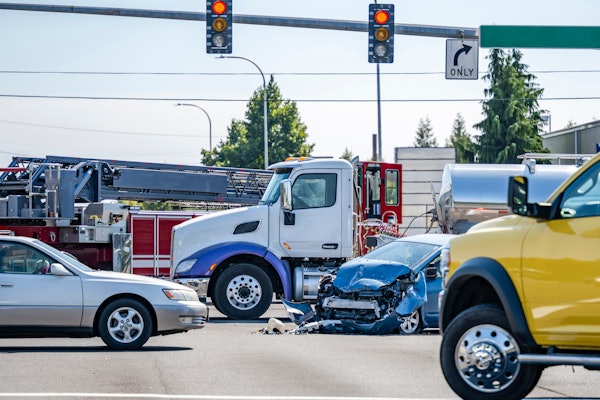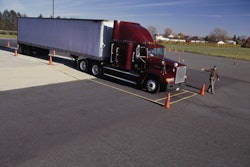Everyone in trucking complains about the shortage of quality drivers, but there probably is an even greater shortage of quality dispatchers. Like drivers, low wages and the demands of a largely thankless job drive this shortage. There’s another connection. Poor-quality dispatchers contribute to driver turnover, and many dispatchers can’t deal with the “free agent” mentality of many of today’s drivers.
An individual driver’s performance affects every line item on a carrier’s profit-and-loss statement. Dispatchers can have the same impact – only magnified by the number of drivers he supervises. Yet, most carriers provide far less training or performance incentives to dispatchers than they do to drivers. Dispatch training typically consists of sitting next to a seasoned dispatcher for one to two weeks. Then it becomes sink or swim.
With the notable exception of the Truckload Carriers Association’s Daily Dispatch Challenge, few dispatcher training tools are available. Even if tools were available, however, it’s difficult to pull dispatchers off their boards for training. Understanding these hurdles, consider these three steps:
- Determine knowledge requirements
What does your new dispatcher need to know? Everything. He needs at least a working knowledge of the entire operation, government rules and regulation and the software systems used to process transactions. It typically takes one to two years to become proficient in all these areas.Realizing this, focus on the essential skills where a lack of knowledge can cause major problems for your company or cause the new dispatcher to lose credibility with your drivers. Gradually expand the list of knowledge requirements beyond that core.
Test trainees before putting them on boards by themselves. Recognize, however, that the problem might be your training program, not the dispatcher’s abilities. And while you are testing, don’t be afraid to quiz your experienced dispatchers formally or informally to determine their knowledge level. Also, consider developing a notebook for new dispatchers that contains essential facts, figures, laws and instructions for each area of knowledge you deem essential.
Everyone in trucking wants to run with a lean operating staff. As a result, most dispatch operations are short staffed. When a new dispatcher is hired, a trucking company usually needs to send him into the fray right away. Running too lean in dispatch is probably a false economy. With both customers and drivers, rookie mistakes can quickly cost more than what is saved.
To improve dispatcher training, always groom one or two trainees before you need them. This also allows the trainee to spend time in other departments, such as payroll or rating and billing, to understand how dispatchers affect those departments. For trainees new to trucking, you can give them a chance to get out in a truck for a few days to really understand what happens on the other end of the telephone. As trainees develop, you can also use them to free up experienced dispatchers for advanced training classes or for some time in a truck.
Many carriers that pay attention to dispatcher training use lunch breaks once or twice a month for training sessions. It’s much better than requiring a dispatcher to attend training on a Saturday or after a full day’s work.
The number of potential topics for a training lunch is endless. Usually, it is good to vary between the essentials along with some of the more advanced topics. This refreshes everyone on the basics and challenges the more senior dispatchers.
Most carriers’ heads of operations will tell you they spend most of their days “putting out fires.” Put more time into training, and there will be fewer fires to put out.
David Goodson is a management consultant specializing in the transportation industry. E-mail [email protected].







